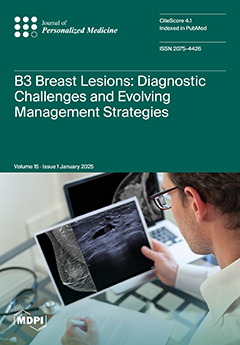Background: This study aims to evaluate the safety and efficacy of prostatic artery embolization (PAE) in elderly, multimorbid patients with benign prostatic hyperplasia (BPH). Additionally, it seeks to identify technical and clinical factors that predict clinical failure at the mid-term follow-up.
Methods: We analyzed the clinical records of 175 consecutive patients who underwent PAE. Technical success was defined as achieving embolization on at least one side. Safety was assessed using the Clavien–Dindo classification. The pre-procedural international prostate symptom score (IPSS), quality of life (QoL) score, prostate volume (PV), prostate-specific antigen (PSA), maximum urinary flow rate (Qmax), and post-void residual urine (PVR) were compared with values assessed at the follow-up evaluation. Clinical failure was defined as no improvement or worsening of lower urinary tract symptoms (LUTS) based on the IPSS at the follow-up evaluation. Univariate and multivariate regression models were applied to identify predictors of clinical failure.
Results: 158 patients met the inclusion criteria. The median age was 74 years (68, 79), with a median ASA score of 2 (2, 3) and a Charlson comorbidity index (CCI) of 5 (4, 7). Follow-up assessments were carried out at a median of 12 months (0, 1). IPSS decreased by −5 points (−8, 0), QoL by −1 point (−1, 0), PV by −19 cc (−26, −8), PVR by −45 cc (−25 to −80), and PSA by −1.1 ng/mL (−2.5, −0.2) (
p < 0.01); while Qmax improved by 4 mL/s (2, 6) (
p < 0.01). A total of 44 patients (30.3%) experienced clinical failure, which was significantly correlated with unilateral embolization (
p < 0.01). Multivariate regression analysis indicated that higher CCI, elevated PVR, and the use of larger microspheres were associated with poorer clinical outcomes, with odds ratios of 2.17 (95% CI: 1.4–3.38), 1.02 (95% CI: 1.01–1.03), and 26.83 (95% CI: 4.81–149.8), respectively (
p < 0.01).
Conclusions: PAE is a safe and effective treatment for elderly multimorbid patients with BPH. Comprehensive pre-procedural clinical assessment, incorporating the CCI and PVR, is essential to optimize treatment outcomes.
Full article





